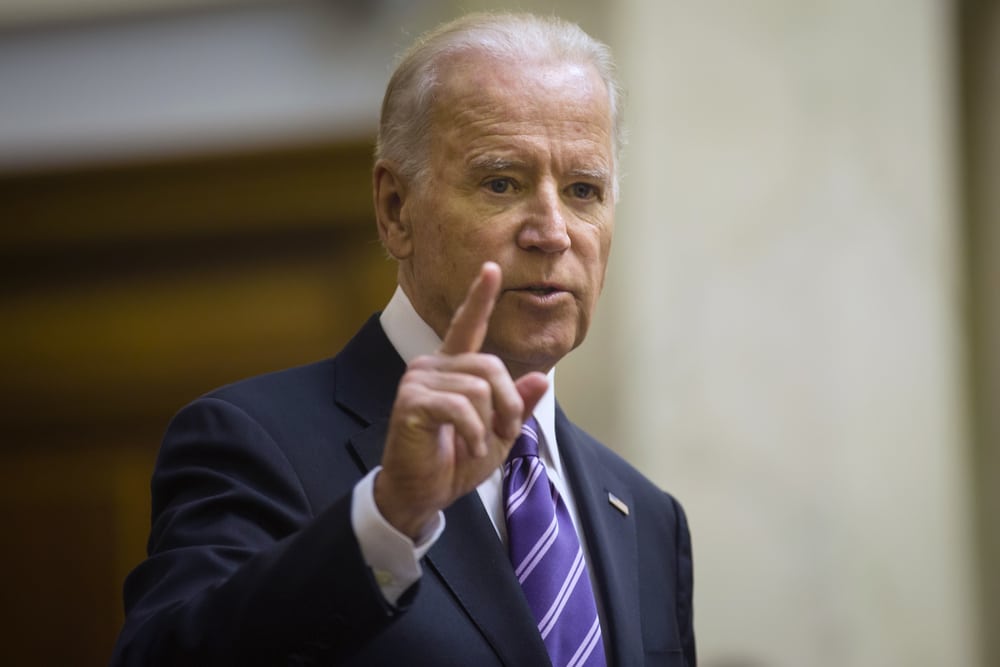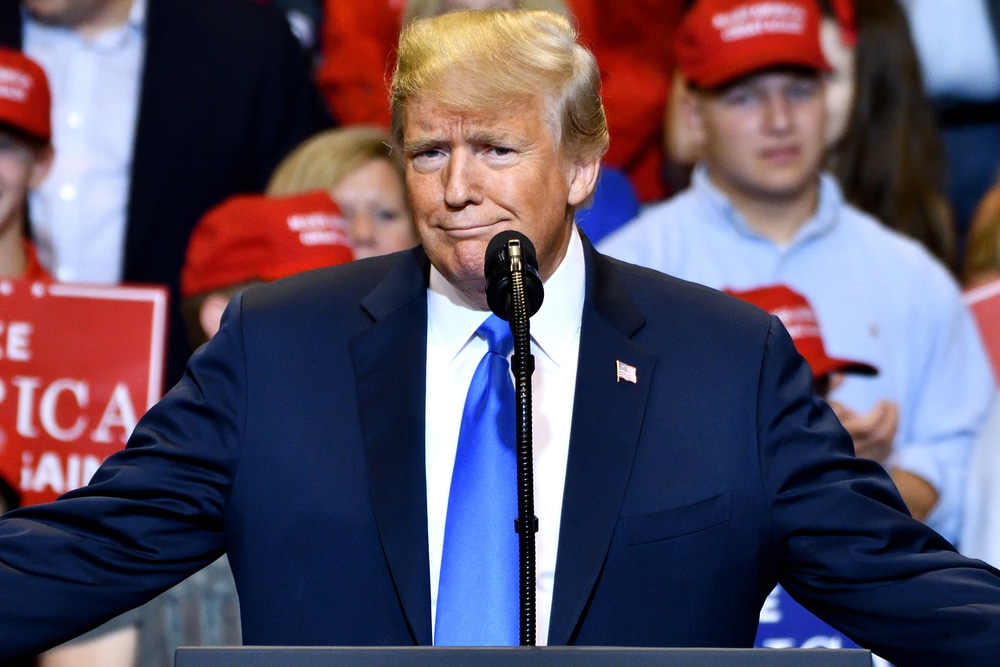The Biden Administration has published a draft proposal outlining situations in which the federal government could “march in” and award certain medication patents to a third party to increase availability and affordability. While some hailed this as a step toward decreasing US medical prices, which are far higher than other nations, others worry the proposal will not do much to impact prices and could stifle medicine development.
Muscling in

The new framework is based on the Bayh-Dole Act, a law passed in 1980. Under this law, federal entities — like a university — that provide public funding for a product are allowed to license the product to third parties if the non-federal entity that owns the patent isn’t putting the product to market.
Literal meaning

This concept is called a “march-in” right — literally, the right of the funding agency to “march in” and ensure the product in question is being put to market properly. The 1980 law was intended to increase innovation.
New interpretation
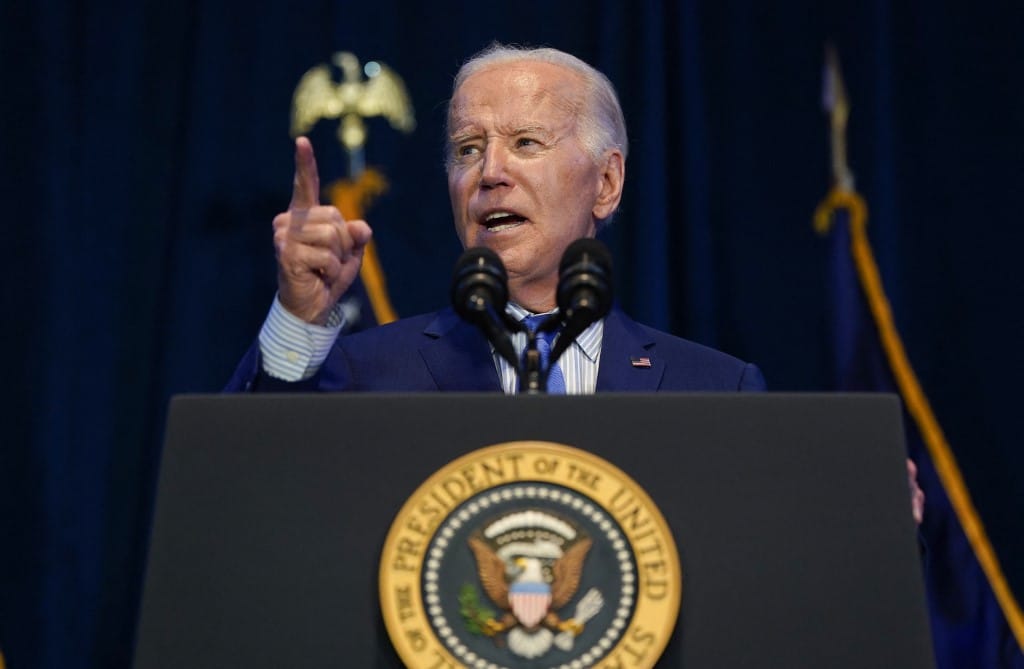
According to Forbes, the Biden Administration’s interpretation of the law is new. The 1980 Act makes no reference to reasonable prices, which is a key part of Biden’s new proposal.
Fair costs

The Biden Administration’s proposal would encourage the use of “march-in” rights when a medicine developed with federal funding is not being offered at a reasonable price. What exactly a reasonable price is, however, is not specified in the proposal.
Major player

Every year, the US gives billions of dollars to scientists in universities through the National Institute of Health. Those scientists do biomedical research, the results of which are often patented by private companies, which sell the products for a huge profit.
Taking advantage

On Feb 1, the RAND Corporation found that prescription drug prices are almost three times higher in the US than in other high-income countries. Brand name products are over four times as expensive in the US.
Making money

“Despite taxpayers’ crucial investment,” the Center for American Progress reported in 2019, “US consumers are increasingly paying more for their prescription drugs.”
Rising crisis
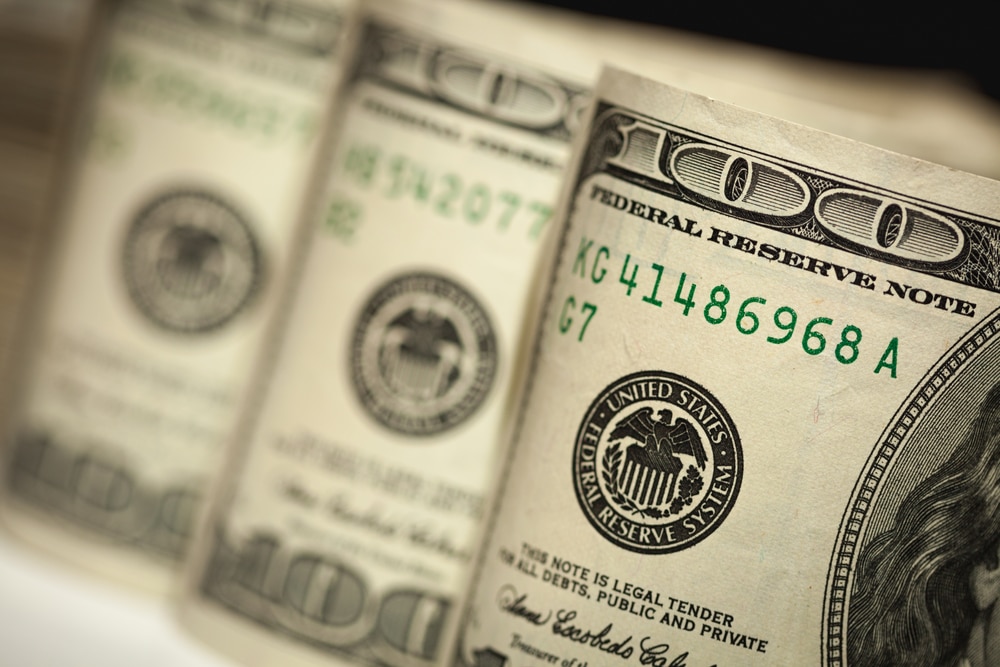
The CAP also reported that a single vial of insulin retailed in 2019 for about $300. According to the organization, that’s about double the price in 2012. In turn, the price in 2012 was about triple the price in 2002.
Deathly consequences

When pharmaceutical companies raise medicine prices too high, some consumers are unable to afford life-saving medicine. As the CAP noted in 2019, some Americans are being forced to ration insulin due to increased prices, a practice that has caused multiple deaths.
Good idea

Ruth Okediji, a Harvard Law School Professor, said, “I think it is a step in the right direction, by which I mean it is an acknowledgment that we have a system that currently makes many vital drugs, including drugs funded with federal taxpayer money, inaccessible to many Americans.”
Never happened

Patients have petitioned the NIH to use march-in rights multiple times over the decades, often over crucial medicines that cost multiple times more in the US than comparable nations like Canada. However, the NIH rejected all these petitions because it determined the medications were “reasonably available” to patients.
High standards

As Okediji explained, the new proposal makes it clear that prices must be “extreme” and “unjustified.” That’s a very high bar for lawyers to clear in order to justify the use of march-in rights.
Not enough

Both Forbes and Harvard Law argued that the proposal might not actually have much of an effect on high drug prices. The difficulty of justifying the use of march-in rights is one reason; another is the fact that it would only affect patents created with federally funded research.
Long-term issue

“The cost of drugs is a threat to the sustainable welfare of any country,” Okediji explained. “The very idea that the price of innovation is the lives of Americans who cannot afford drugs should trouble all of us.”
Read Next: What Really Causes Donald Trump’s Skin to be So Orange
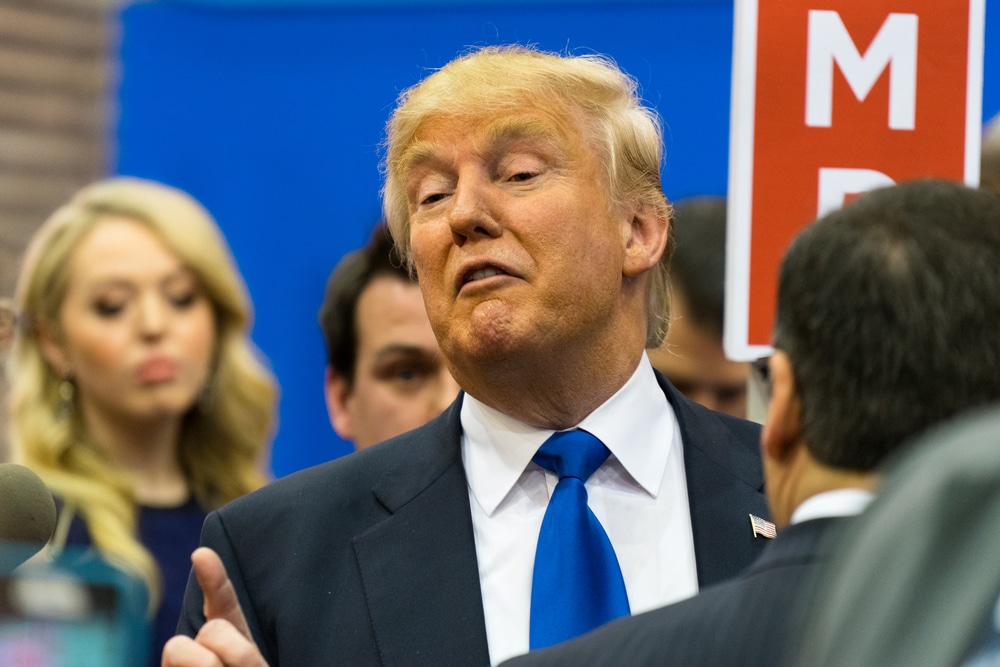
Former President Donald Trump’s distinctive orange skin has captivated attention, sparking curiosity about its evolution from average pale over the years:
What Really Causes Donald Trump’s Skin to be So Orange
21 of the Biggest Lies in American History

Dive into the shadows of American history as we explore 21 of its biggest lies that have left an indelible mark on the nation’s narrative:
21 of the Biggest Lies in American History
32 Things We Once Highly Respected but Are a Complete Joke Now

Discover the amusing downfall of once-respected entities in our changing world:
32 Things We Once Highly Respected but Are a Complete Joke Now
23 of Donald Trump’s Most Hilarious Moments as President
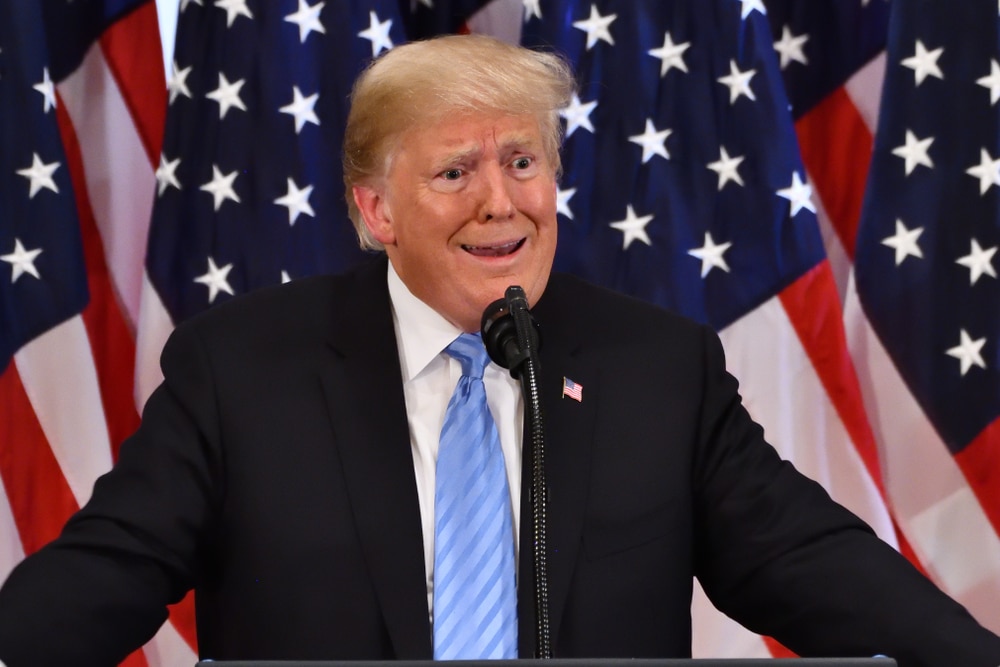
Explore the lighter side of Donald Trump’s presidency with 23 hilariously memorable moments that left the nation in stitches:
23 of Donald Trump’s Most Hilarious Moments as President
27 Things MAGA Movement Ruined Forever for People
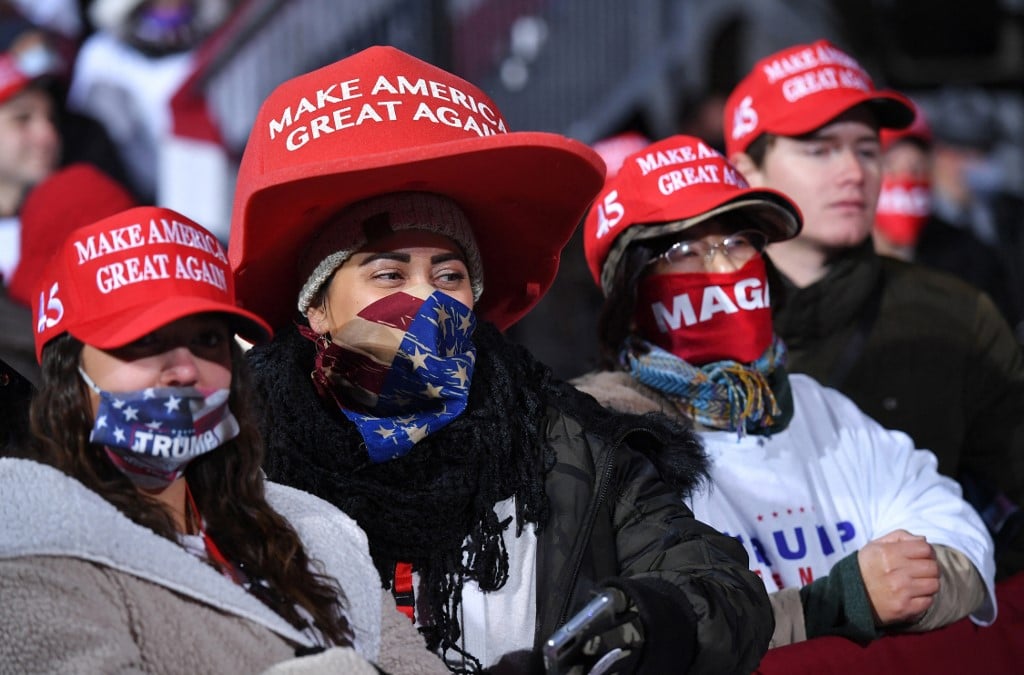
How the MAGA movement left its mark on individuals and disrupted certain aspects of our everyday life forever:






